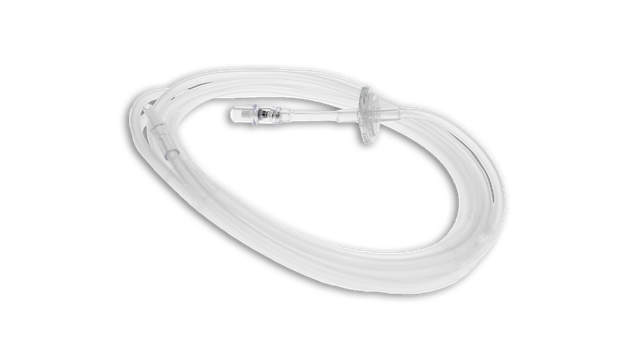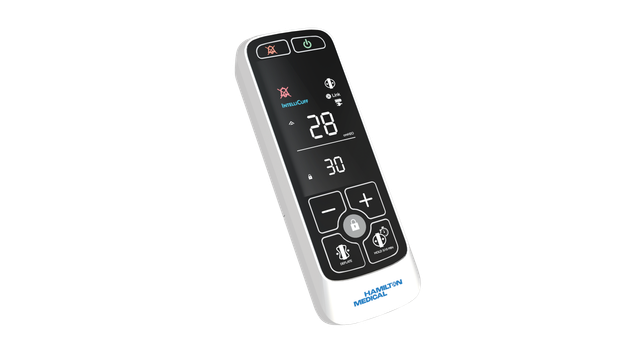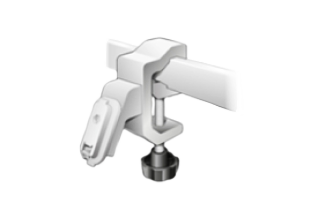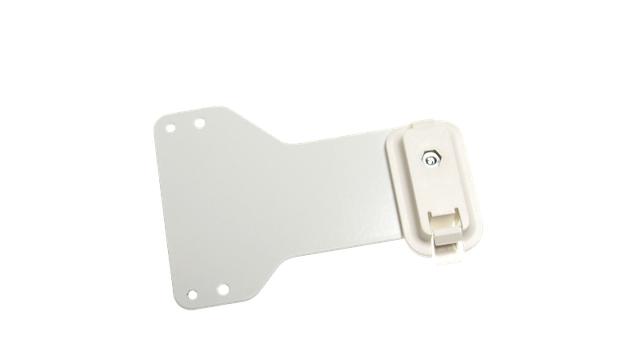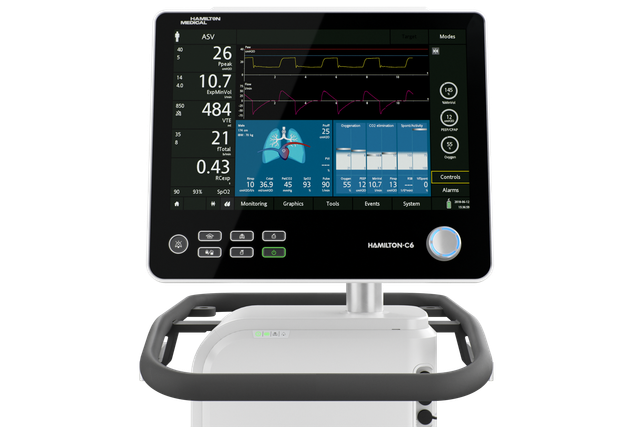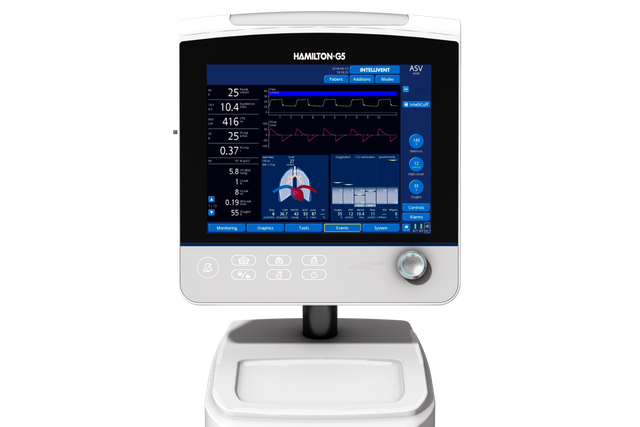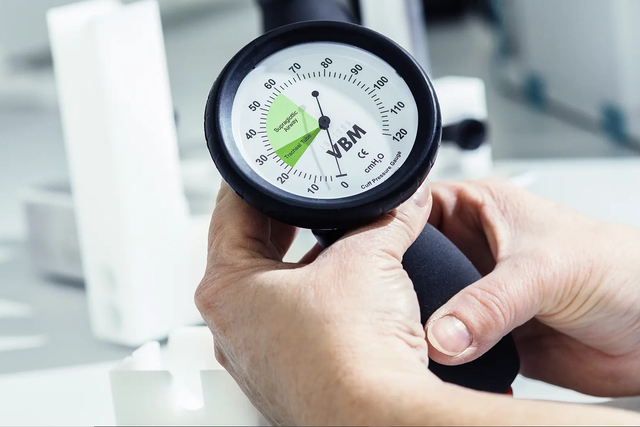
Постоянная задача. Непрерывное управление давлением в манжете
Стандартное решение для управления давлением в манжете, которое требует контроля и регулирования давления в манжете вручную.
Чтобы постоянно поддерживать необходимый диапазон давления в манжете, ежедневно может требоваться выполнить до восьми регулировок вручную (
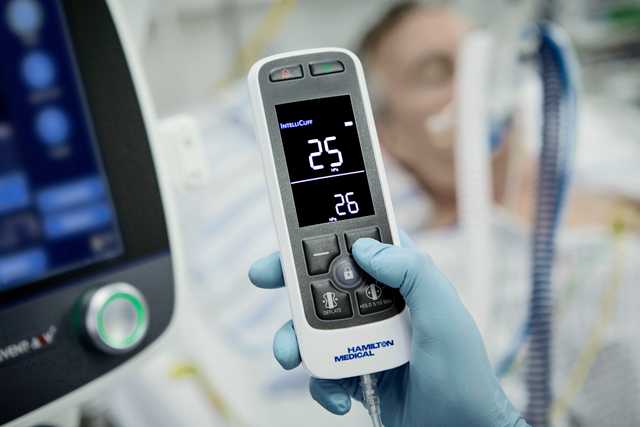
Есть простое решение! Автоматическое управление давлением в манжете
Устройство IntelliCuff защищает дыхательные пути пациента (
Его можно использовать как автономное устройство для всех механических аппаратов ИВЛ или как интегрированное решение для аппаратов ИВЛ HAMILTON‑C6 и HAMILTON‑G5/S1.
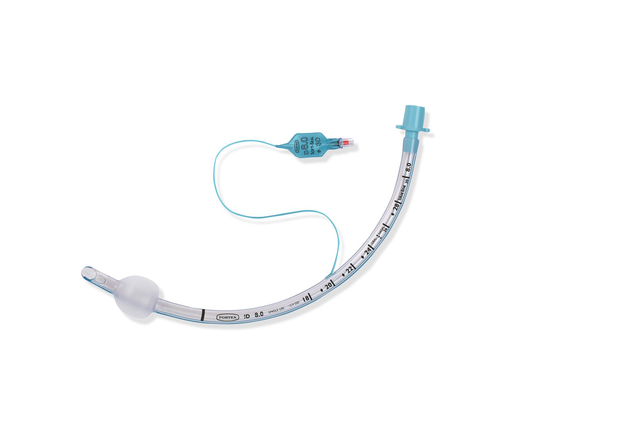
Как это работает? Принцип работы устройства IntelliCuff
Просто установите требуемое давление в манжете, и устройство IntelliCuff будет постоянно контролировать и поддерживать заданное значение. Давление, измеренное в манжете, отображается как значение мониторинга.
В случае повреждения манжеты устройство IntelliCuff генерирует сигнал тревоги и постоянно компенсирует утечку для защиты дыхательных путей.

Отзывы клиентов
Мы используем IntelliCuff в качестве стандартного устройства для предотвращения нозокомиальной пневмонии, связанной с искусственной вентиляцией легких. IntelliCuff непрерывно автоматически контролирует давление в манжете. Это очень упрощает нам уход за больными, ведь теперь давление не приходится проверять вручную каждый час.
Сандра Рупп
Старшая медсестра реанимационного отделения,
больница кантона Гризон, г. Кур, Швейцария
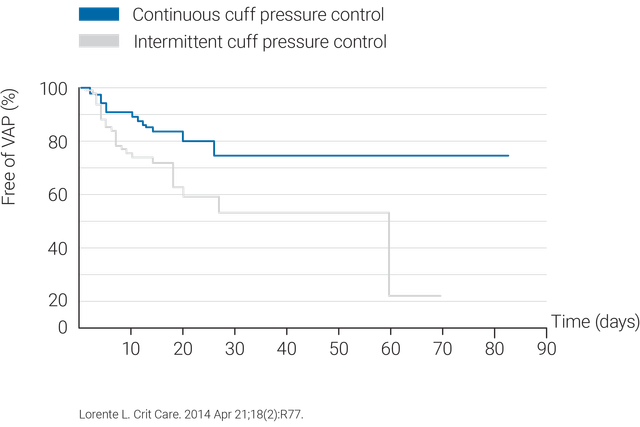
Хорошо, а это безопасно? Немного доказательств
Использование системы непрерывного контроля давления в манжете, такой как IntelliCuff, более эффективно поддерживает давление в манжете в оптимальном диапазоне (
Во избежание травм трахеи и появления пролежней устройство IntelliCuff по умолчанию устанавливает значение давления в манжете 25 смH2O (

Полезно знать! Материалы курса обучения использованию устройства IntelliCuff
Принадлежности и расходные материалы
Доступность
Устройство IntelliCuff можно использовать как автономное устройство для всех аппаратов ИВЛ или как интегрированное решение (дополнительно) для аппаратов ИВЛ HAMILTON‑C6 и HAMILTON‑G5. Кроме того, оно входит в стандартную комплектацию аппарата ИВЛ HAMILTON‑S1.
Дополнительные сведения
Список литературы
- 1. Chenelle CT, Oto J, Sulemanji D, Fisher DF, Kacmarek RM. Evaluation of an automated endotracheal tube cuff controller during simulated mechanical ventilation. Respir Care. 2015;60(2):183‑190. doi:10.4187/respcare.03387
- 2. Lorente L, Lecuona M, Jiménez A, et al. Continuous endotracheal tube cuff pressure control system protects against ventilator‑associated pneumonia. Crit Care. 2014;18(2):R77. Published 2014 Apr 21. doi:10.1186/cc13837
- 3. Nseir S, Zerimech F, Fournier C, et al. Continuous control of tracheal cuff pressure and microaspiration of gastric contents in critically ill patients. Am J Respir Crit Care Med. 2011;184(9):1041‑1047. doi:10.1164/rccm.201104‑0630OC
- 4. Wang R, Sun B, Li X, et al. Mechanical Ventilation Strategy Guided by Transpulmonary Pressure in Severe Acute Respiratory Distress Syndrome Treated With Venovenous Extracorporeal Membrane Oxygenation. Crit Care Med. 2020;48(9):1280‑1288. doi:10.1097/CCM.0000000000004445


